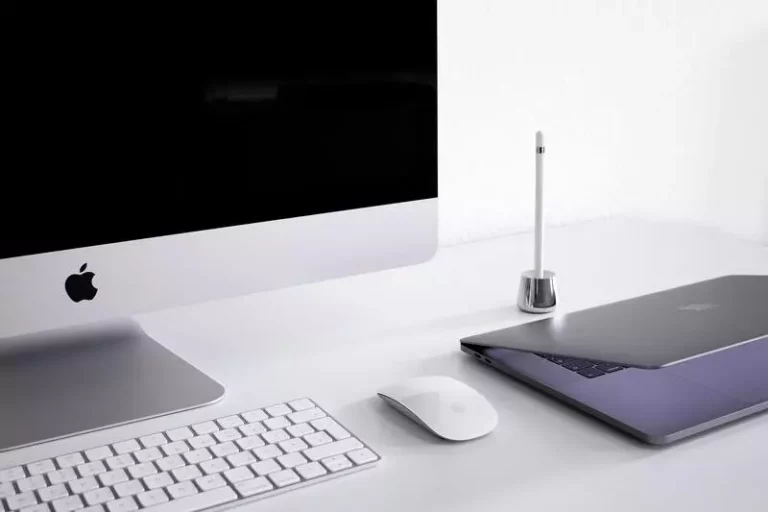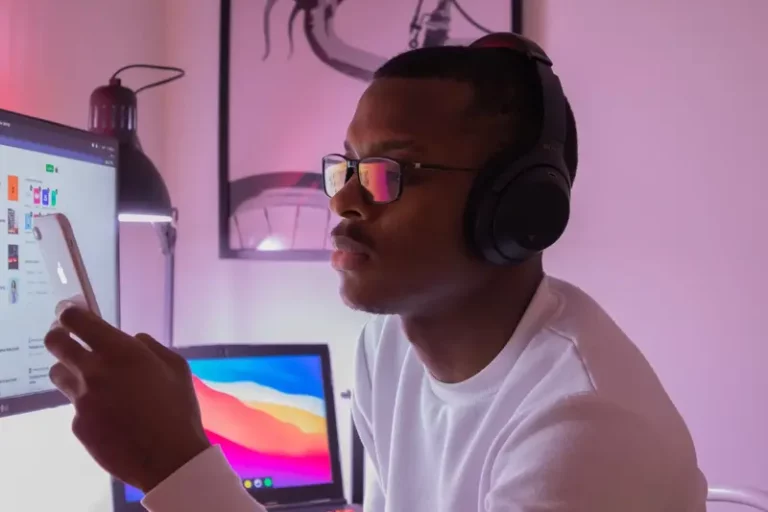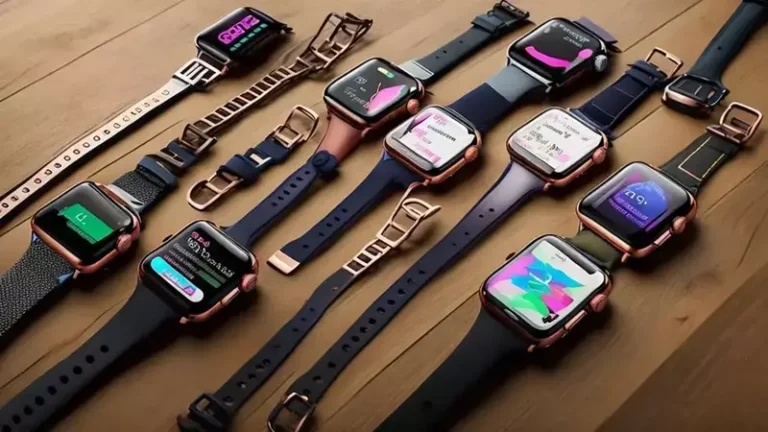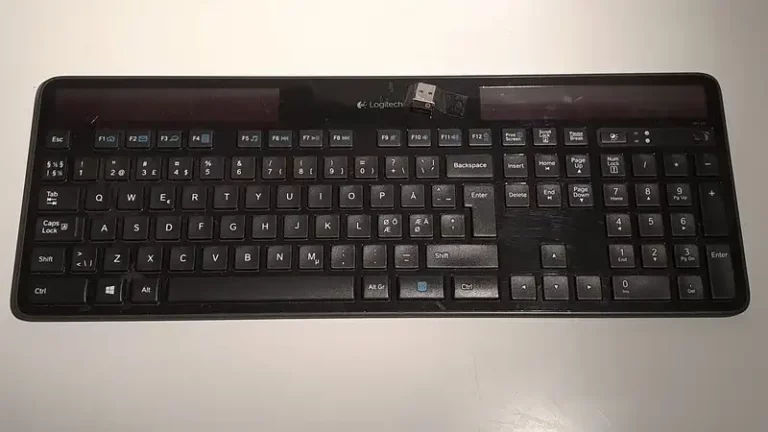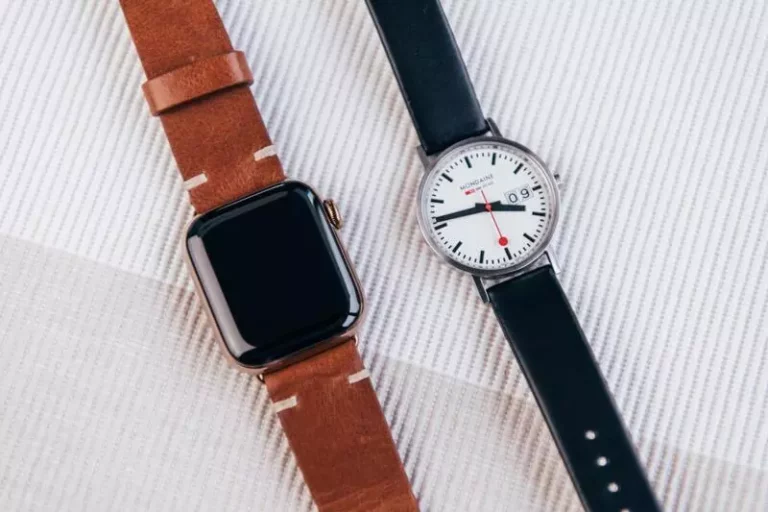Will A Short Bluetooth Range Affect Bluetooth Pairing?
This site contains affiliate links to products, and we may receive a commission for purchases made through these links.
It’s no secret that Bluetooth has come a long way in recent years. It’s now used in everything from headphones to car stereos. But with this increased functionality comes the potential for interference. One of the most common sources of interference is the short Bluetooth range. But will a short Bluetooth range affect Bluetooth pairing?
Yes, a short Bluetooth range can affect Bluetooth pairing. If your devices are too far apart, they may not be able to communicate with each other properly. This can lead to connection issues and even dropped connections.
In this blog post, I will discuss the effects of a short Bluetooth range on Bluetooth pairing. I will be looking at how distance can impact the strength of a Bluetooth signal and how that can affect the ability to pair two devices successfully.

Will a Short Bluetooth Range Affect Bluetooth Pairing?
The short Bluetooth range will affect pairing because of several reasons. These include:
Bluetooth Strength
The strength of the Bluetooth signal is one of the most important factors in determining range. The strength of the signal can be affected by several factors, including:
- The number of devices in the area that is using Bluetooth.
- The type of device that is transmitting the signal.
- The distance between the two devices.
- Obstacles between the two devices.
If there are a lot of devices in the area that is using Bluetooth, it can cause interference and reduce the strength of the signal. The same is true if there are obstacles between the two devices.
READ MORE! 7 Genius Tips To Improve Your Bluetooth Connection
Distance Between Devices
The distance between the two devices is another important factor in determining range. The further apart the devices are, the weaker the signal will be.
Pairing Process
The pairing process itself can also affect range. When you pair two devices, they need to exchange information about their capabilities and find common ground.
This process can take some time, and it requires a strong signal. If the signal is weak, it can cause problems with the pairing process.
How to Measure the Bluetooth Range?
There are different ways to measure Bluetooth range.
Sight Range
This is the maximum distance you can see the devices from each other. This is not a very accurate way to measure range because walls or other objects can obstruct the signal.
Line of Sight Range
This is the maximum distance the devices can be from each other without any obstacles. This is a more accurate way to measure range, but it’s still not perfect.
Bluetooth devices generally have a line of sight range of about 30 feet (ten meters).
Practical Range
This is the maximum distance the devices can be from each other in a real-world environment.
This is the most accurate way to measure range because it takes into account things like walls and other obstacles.
3 Factors That Affect the Bluetooth Range
Now that we’ve seen how Bluetooth range is measured let’s look at some factors that can affect it.
1. Device Type
The type of device you’re using can greatly impact the range. Some devices, like headphones, are designed to be used at close range. Other devices, like car stereos, are designed to be used at a distance.
2. Bluetooth Version
The version of Bluetooth you’re using can also affect range. Older versions of Bluetooth had shorter ranges than newer versions.
READ MORE! Does Bluetooth Version Affect Sound Quality? (Solved!)
3. Power Consumption
Another factor that can affect range is power consumption. Devices that consume more power will have shorter ranges than devices that consume less power.
5 Ways to Improve Bluetooth Range
There are a few ways you can improve the Bluetooth range.
1. Use a Bluetooth Repeater
A Bluetooth repeater is a device that amplifies the signal and extends the range. This is a good option if you need to use Bluetooth at a distance.
2. Use a Different Pairing Method
If you’re having trouble pairing two devices, you can try using a different method. Some methods, like NFC, have shorter ranges than others.
3. Turn Off Other Devices
If you’re in an area with many devices that use Bluetooth, it can cause interference. You can reduce this interference by turning off devices you’re not using.
READ MORE! Do Microwaves Affect Bluetooth Signals?
4. Change the Transmission Power
You can change the transmission power of your device to extend the range. This is usually done in the settings menu of your device.
5. Use a Bluetooth Adapter
If your device doesn’t have Bluetooth, you can use a Bluetooth adapter to add it. This will allow you to use all the features of Bluetooth, including an extended range.
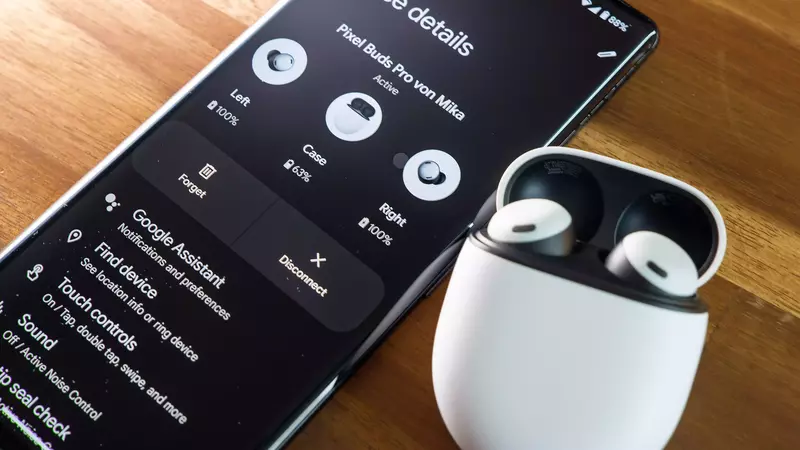
FAQs
What is the maximum Bluetooth range?
The maximum Bluetooth range is about 30 feet (ten meters). Generally, if you’re within range for one device, you’ll be in range for another.
Do you have to be in range for Bluetooth?
For most purposes, yes. If you’re trying to connect two devices, they’ll need to be within the range of each other. Some methods, like NFC, have shorter ranges than others.
Can you leave Bluetooth on all the time?
Yes, you can leave Bluetooth on all the time. It won’t drain your battery as long as you’re not actively using it.
What is the difference between Bluetooth and NFC?
NFC is a shorter-range technology that is often used for contactless payments. Bluetooth is a longer-range wireless technology often used for connecting devices like headphones and speakers.
How do I know if my phone has NFC?
You can usually tell if your phone has NFC by looking in the settings menu. There should be an option for “NFC” or “Near Field Communication.” If you don’t see this option, your phone likely does not have NFC.
Final Thoughts
A short Bluetooth range can affect Bluetooth pairing if you’re trying to connect two devices that are far apart.
You can improve the range by using a Bluetooth repeater, changing the transmission power, or using a different method altogether. In most cases, however, you should be able to pair two devices without issue as long as they’re within range of each other.
I hope this article was helpful.

Espen
Espen is the Director of ProPairing and has written extensively about Bluetooth devices for years. He is a consumer product expert and has personally tested Bluetooth devices for the last decade.

